
I was given Common Vetch for this specimen, but I'm not so sure. The leaflets had a pointed tip and the tendrils were branched.
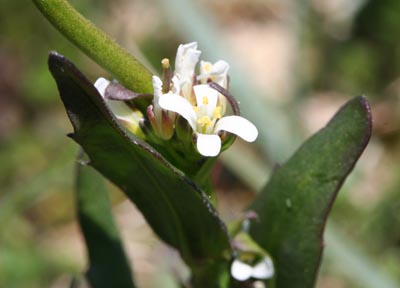
This crucifer is very interesting, however. The leaves are lanceolate with occasional teeth. The closest in the book is Arabis hirsuta, which is hairy. This specimen is not. A little more digging in the books reveals Arabis hirsuta ssp. brownii (or indeed Arabis brownii) which has hairs only on the leaf edges and is "confined to dunes in western Ireland". That'll do me.
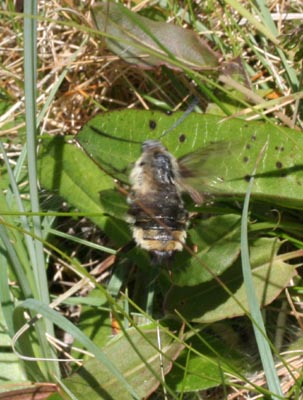
The Narrow-bordered Bee Hawkmoth is extremely difficult to photograph. The only technique that I've found to nearly work is to pre-focus on a flower or leaf and anticipate the direction of flight.

A frequent fungal rust on Burnet Rose. We seem to be restricted to a single option: Phragmidium rosae-pimpinellifoliae.
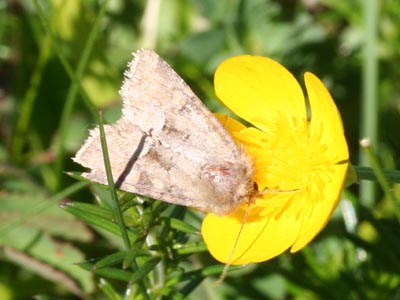
A very worn moth on Buttercup. Marbled Minor, agg.
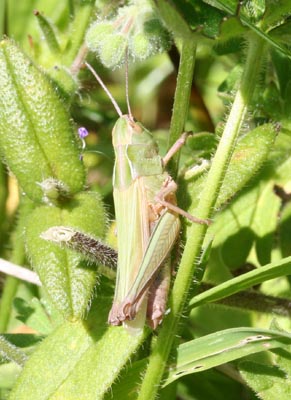
A very large (2.5 cm). grasshopper stayed still long enough for a couple of shots. Looks closest to a female Meadow Grasshopper - Chorthippus parallelus.
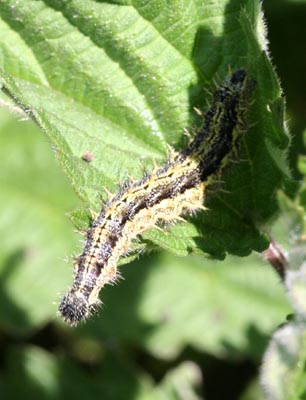
It's always worth having a look at Nettles for the larvae of Small Tortoiseshell butterfly.
A few Small Copper butterflies were seen during the day, but this is the only shot I got.

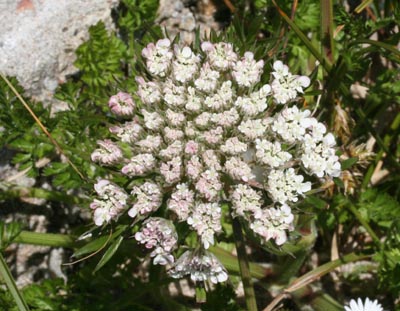
Wild Carrot was evident round the edges of the car park.

A yellow-flowered Stonecrop: Biting Stonecrop - Sedum acre.
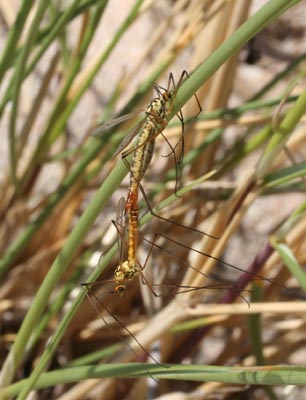
A pair of green crane-flies. Manual focus on this one!